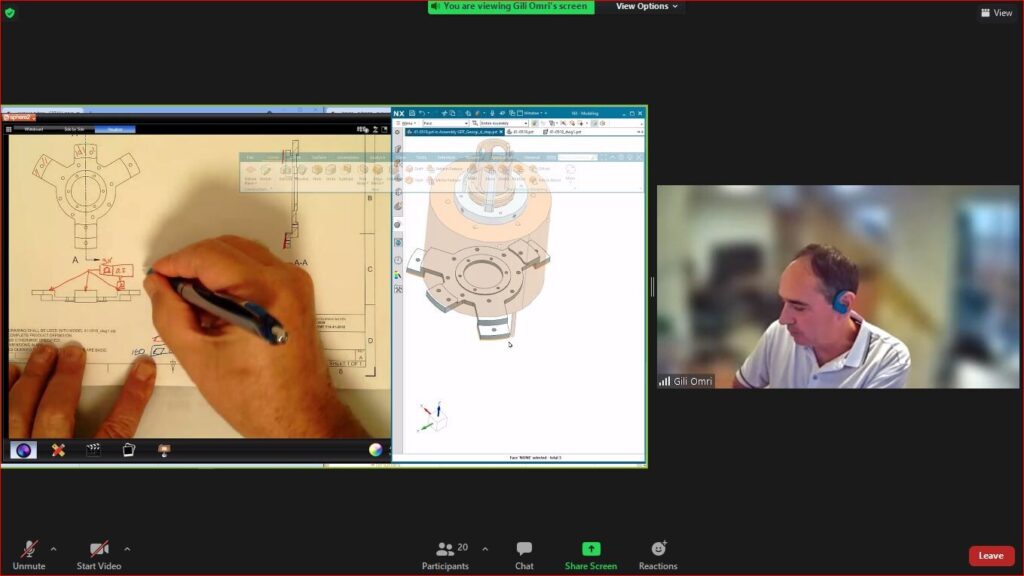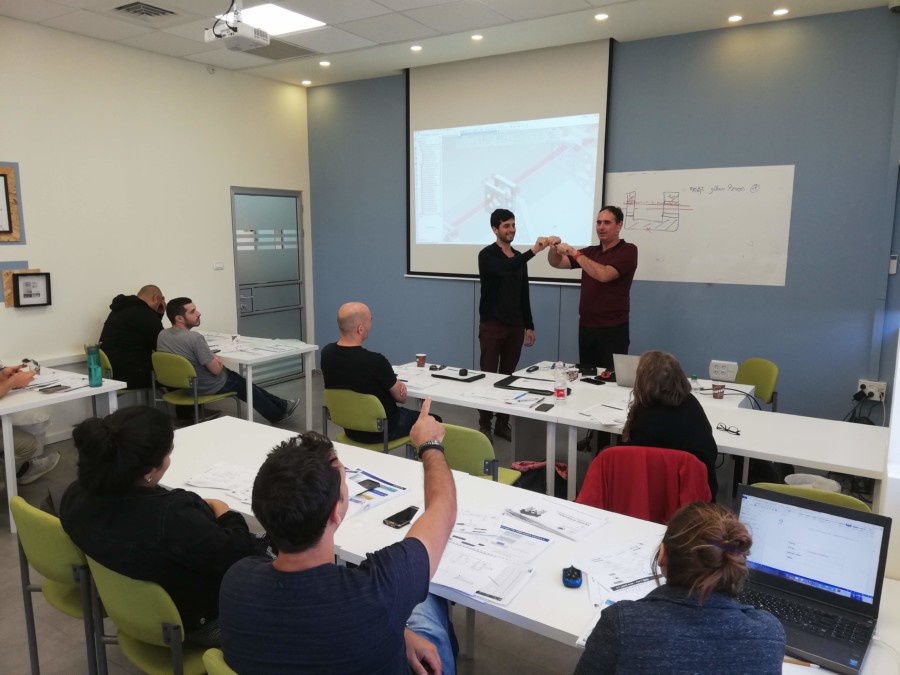ASME & ISO compatible
If there is one thing, we can be sure about, A physical workpiece will never be perfect (and even if it was, we have limited measurement accuracy). That is the reason we need to specify Functional limits to geometry to assure a manufactured part will fit and function as plane.
There are four Geometric Characteristics:
- Size
- Location
- Orientation
- Form
Cylindricity tolerance specifies how much MAY a single (*) unrelated cylindrical surface deviate from perfect form (Conicity, bend, Oval..)
(*) coaxial cylindrical feature may be treated as a single Continuous Feature (see ASME CF, ISO GPS CT or UF)
- Cylindricity limits Form variation only
- The Cylindricity Feature Control Frame may be in either view
When shown in orthographic views, Cylindricity may be specified in Front ot Side view, see Figure 1

(Note: Size and Cylindricity tolerance values were picked randomly)
Dimensioning and tolerancing may also be done in model space, or orthographic views, see Figure 2

In both standards (ASME – GD&T an ISO – GPS) the specification tolerance zone is the same:
- The controled surface shall be within these two concentric cylinders.
- The difference in radii shal be equal or less then the specified value
The Cylindrical Surface SHALL be within two coaxial cylinders, see Figure 3

Bottom Line
Cylindricity is a FORM only tolerance used when form is critical to function or interchangeability.
Figure 4 demonstrates tolerancing recommendation for a bearing shaft utilizing parametric tolerance values.

(Tolerace values are relative to nominal Diameter D)
For example, for a shaft nominal diameter range 10-18 mm:
- Size tolerance will be (0-0.043)mm
- Cylindricity tolerance value = 0.008/2 = 0.004 mm
Geometric specifications (ASME GD&T and ISO GPS) are the tools to prescribe geometric variation limits to assure functionality of a manufactured part.
Standard Geometric Specifications allow us to specify even complex requirements in clear unambiguous manner, no need to “reinvent the wheel”.
In cases of uncertainty, consult an expert (save the time and cost of “reinventing the wheel”, misinterpretation, rework…)
Geometric Tolerances are a tool to map Functional Requirements to Geometric Limits
State Standard & Revision to assure proper Decoding
Write to get it Right



